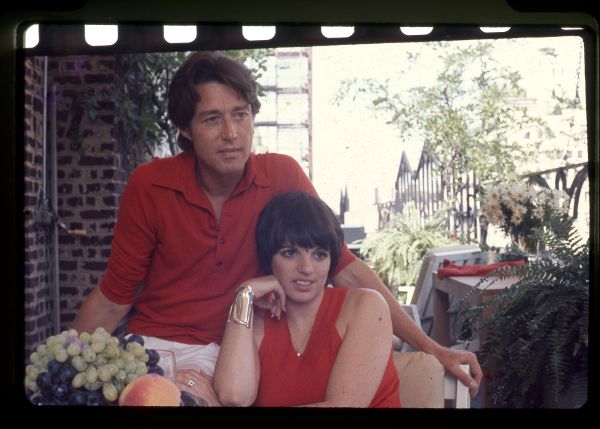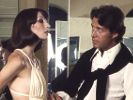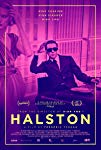Eye For Film >> Movies >> Halston (2019) Film Review
Halston
Reviewed by: Anne-Katrin Titze

Studio 54 was his playground and Andy Warhol, asked about whom he most liked to be seated in-between at a dinner, said that would be Halston and Liz Taylor to his left and right. What's in a name? To this day mentioning Halston can make people swoon, as it did my hairstylist at Bumble and Bumble recently.
Halston, by Dior And I director Frédéric Tcheng, shines a radiant light on the designer's crowning achievements and attempts to come to grips with his eventual fall. The first thought of Halston might be of Jackie Kennedy's pillbox hat and cloth coat for JFK's inauguration at a time when wives in the public eye wrapped themselves in furs.

Fabulous dresses cut on the bias may come to mind, or the designer himself, standing in his breathtaking office, with all its orchids and overlooking St. Patrick's Cathedral and Fifth Avenue.
There is footage from 1990 of a tipsy Elsa Peretti, where the jewellery designer, sipping from an 'imperfect glass', talks about her friend, whose curved neck perfume bottle she designed in the mid-Seventies. Recent interviews with pals and colleagues, including Liza Minnelli, Marisa Berenson, Pat Cleveland, Bob Colacello, and Joel Schumacher inform about Halston's beginnings as a milliner at Bergdorf's, the Don Draper-like mystery he liked to shroud his family background in, and his ill-fated collaboration with Charles James.
We see excerpts from the presentations at the history-making Battle of Versailles Fashion Show that had a group of American designers compete with their established French counterparts, and which put American fashion on the map for the first time. The infamous event is documented in Deborah Riley Draper's Versailles '73: American Runway Revolution.
This is a story of inclusion and exclusion. Halston made most of the masks for Truman Capote's legendary 1966 Black and White Ball - but wasn't officially invited. Was he there anyway? The fragrance, and the designs of the 1976 U.S. Olympic uniforms helped Halston spread his wings.
The film works wonderfully as an introduction to this important fashion designer for those who never heard of him or connected his name to Seventies minimalist style. And it allows for a little bit of romanticizing for those who have. A non-essential fictional frame featuring Tavi Gevinson wearing Halston and a re-enactment scene with a locksmith slow the pace.
When an offer came in 1982 to design a line for JC Penney, it wasn't clear right away if that meant a new exciting business adventure or a descent into corporate hell. Signs of the beginning of the end of an empire are easy to read in retrospect. It is the business aspect that is the most thrilling in this documentary - the exposure of the system that couldn't care less about creativity and innovation. Money is the end-all for these corporate men, nothing else appears to matter.
It is precisely because decades have gone by since Halston's untimely death in 1990, and the spell he cast on those who knew him is not as impenetrable to those who didn't, that the unsightly aspects of Halston's dealings can come to the fore.
Frédéric Tcheng, co-producer and co-editor of Matt Tyrnauer's Valentino: The Last Emperor and co-director with Bent-Jorgen Perlmutt and Lisa Immordino Vreeland for Diana Vreeland: The Eye Has To Travel, allows for a crucial switch to occur in audiences' minds. Halston gives a lively picture of a very full life - one that Liza Minnelli 'refuses' to gossip about.
What flickers as sophisticated paradise could only be reached through metamorphosis and a deal with the devils of commerce. And there are no fashions concerning the price - it is still your soul.
Reviewed on: 27 May 2019
















